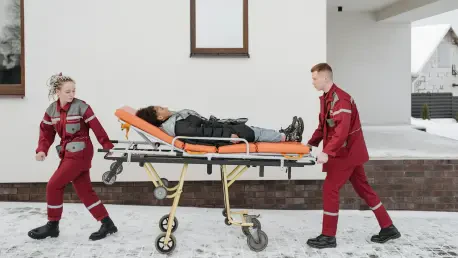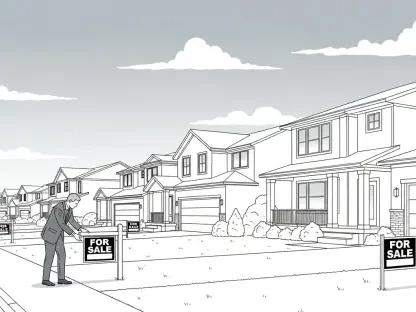Imagine a healthcare system where millions of Americans, particularly in underserved rural and urban areas, rely on a fragile network of providers for their primary care needs, only to find that this safety net is on the verge of unraveling due to severe financial strain. Community health centers (CHCs) across the nation, serving over 32 million people as of last year, are grappling with unprecedented financial challenges that threaten their very existence. These nonprofit entities have long been a cornerstone of care for one in ten Americans, delivering essential services to those who might otherwise go without. Yet, recent data reveals a troubling reality: a collective deficit of $1.1 billion among CHCs, with more than half operating at a loss. This alarming trend raises critical questions about the sustainability of these vital institutions and the potential impact on vulnerable populations. As financial pressures mount, the risk of service cuts or closures looms large, painting a stark picture of a healthcare safety net at its breaking point.
Policy Threats and Funding Uncertainties
The financial strain on community health centers is compounded by a series of policy challenges that could exacerbate the crisis in the coming years. Key among these is the potential expiration of enhanced premium tax credits under the Affordable Care Act, which, if not renewed, may lead to a surge in uninsured patients seeking care at CHCs. Additionally, restrictive immigration policies and proposed Medicaid work requirements are poised to strip coverage from millions, further increasing the burden on these centers. Compounding the issue is the impending expiration of critical federal grant funding, a lifeline for many CHCs, which remains stalled in Congress amid broader debates over healthcare policy and government spending. Without swift legislative action, many centers face the prospect of scaling back services or shutting down entirely as early as next year. This convergence of policy uncertainties and funding gaps creates a precarious environment, where the ability of CHCs to serve their communities hangs in a delicate balance, threatening access to care for those who need it most.
The Broader Impact and Call for Action
Looking back, the role of community health centers in reducing emergency room visits and hospitalizations has saved the federal government significant costs while ensuring access to care for vulnerable populations. The financial deficits and policy challenges they face underscore their importance to the healthcare system, as their collapse would disproportionately harm those with the least access to alternatives. Reflecting on this crisis, the path forward demands urgent intervention to secure federal funding and address policy threats that risk increasing the uninsured population. Lawmakers and stakeholders need to prioritize long-term solutions, such as sustainable funding models and protections against coverage losses, to stabilize these essential providers. Beyond immediate relief, a broader conversation has emerged about strengthening the primary care safety net to withstand future shocks. The lessons from this period highlight that safeguarding CHCs is not just about preserving healthcare access, but about reinforcing a system that upholds equity and public health for millions of Americans.









